Herbs found in Crete – Nature’s Gift
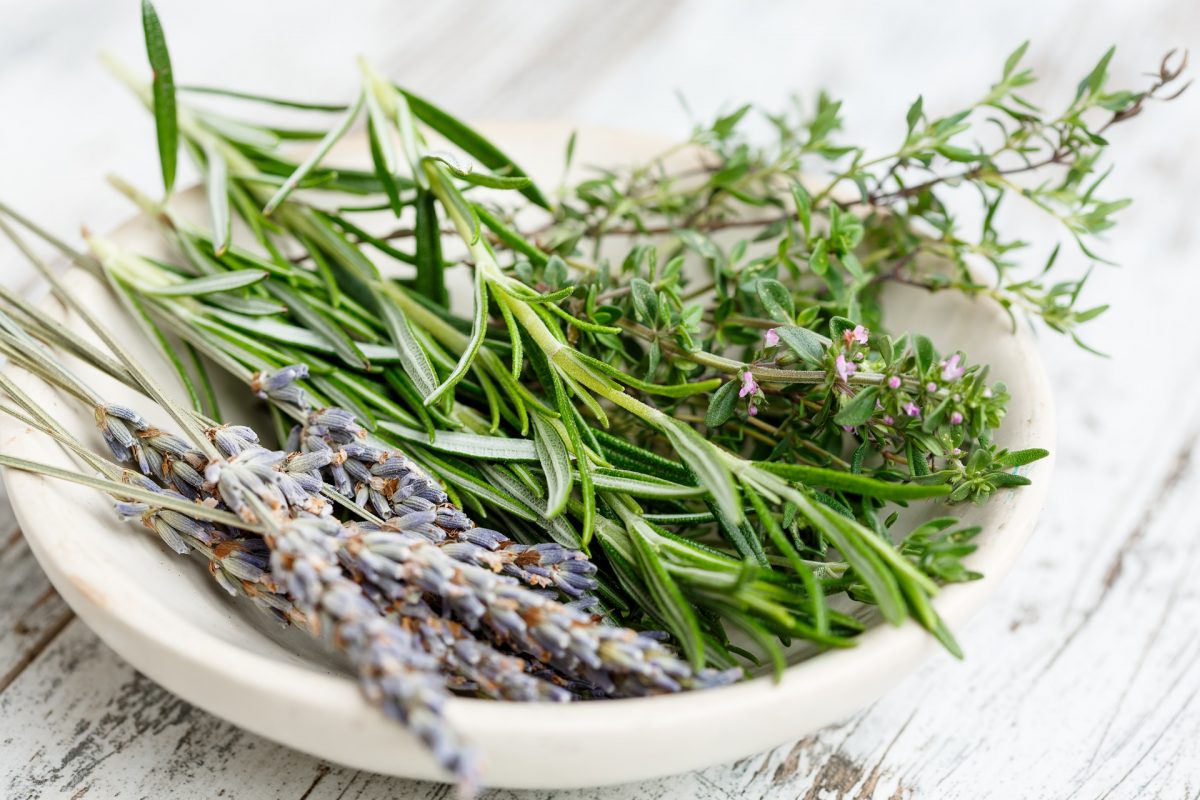
Herbs in Crete play a huge role in medicine as well as in the Cretan Cuisine. Crete is a blessed land, as nature was very generous with its gifts.
In such a prosperous environment, with rich soils and an ideal climate, the flora of the island flourishes. Cretans, for centuries, are grateful and are utilizing the herbs in many different ways. Particularly, Cretans cook with plenty of herbs and spices to make their dishes tastier and healthier. For this reason, they are masters in gastronomy and their cuisine is the base for Mediterranean cooking! With this in mind, it is important to address the natural healing benefits of herbs. There are numerous findings of ancient writers alluding to the extraordinary therapeutic properties of Cretan herbs. Therefore, up to the present time, it is common practice to use herbs as medicine for various illnesses.
Crete has one of the most extravagant and most intriguing environments in Europe according to botanical studies. With countless endemic plants, for example, „Dittany”, many of the astounding herbs of Crete grow on the mountains of this glorious island. Notably, only experienced collectors gather spices. The collectors dry them under natural conditions and finally have them packaged to sell. It is important to realize that these herbs are without chemicals and treatments. They are 100% pure.
In this article, we will present the spiciest and healthiest Cretan herbs. Find out below the benefits of each herb!
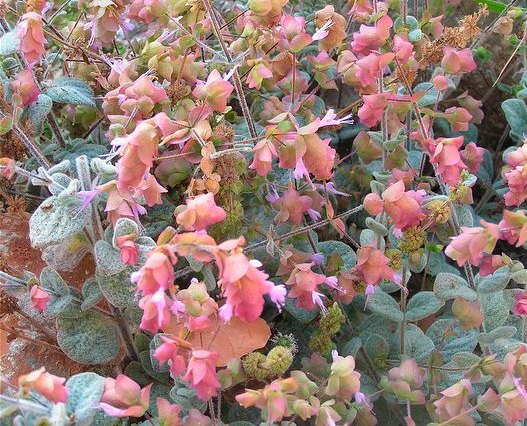
DITTANY – DIKTAMO
Dittany, Origanum Dictamnus, is an endemic herb of Crete called “Erontas” by locals which means love for its aphrodisiac properties. The name derives from Mount Dikti in central Crete as it is a native plant. Dittany has fuzzy stems and cultivates pink or purple flowers during the summer months. Hippocrates, the Father of Medicine, mentioned the healing properties. In ancient times, the Minoans used it to cure stomach aches, to heal the wounds of soldiers, to cure snake bites, and ease childbirth. Despite dittany being a medical plant, Cretans use the flowers in herbal teas. However, this plant has no culinary value.
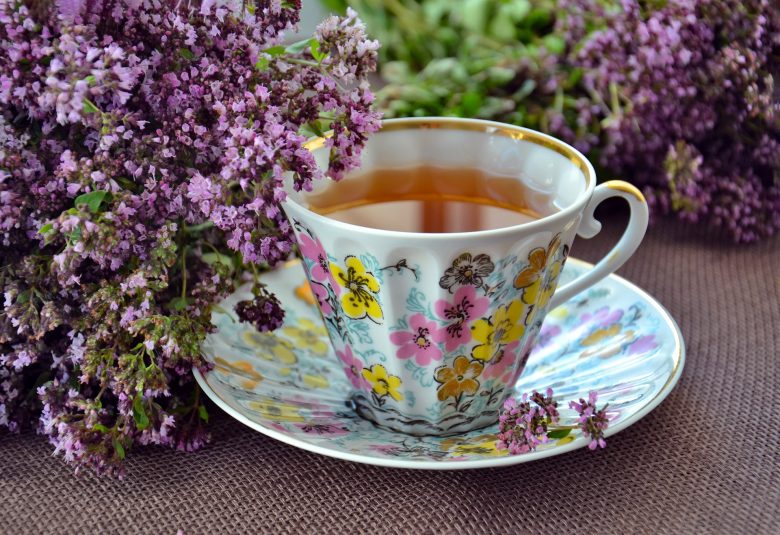
MARJORAM – MATZOURANA
Marjoram, Origanum Majorana, is a perennial herb that grows during July and August. A multi-functional herb, as Cretans use it for medical and cooking purposes as well as for perfumery. Marjoram was also used in ancient times as a cure for nerve disorders and flu treatments. Furthermore, locals serve it as a tea mixed with other herbs as well. Finally, it has aromatic leaves with sweet pine and a citrus flavor.
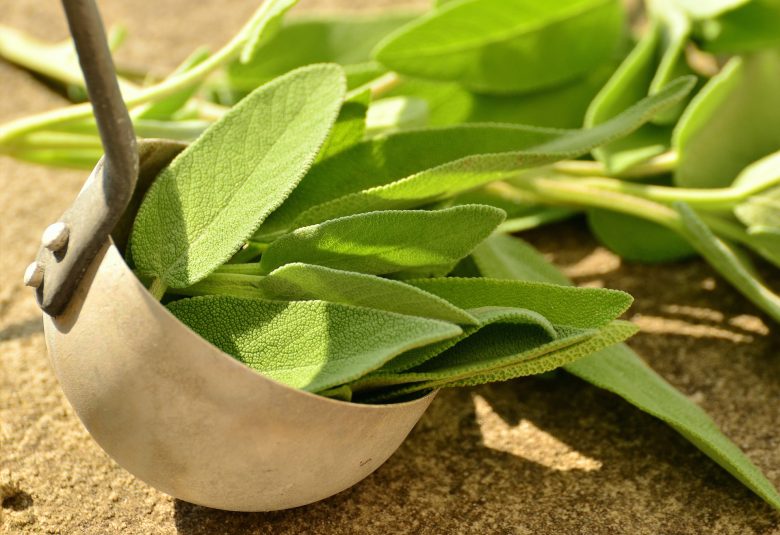
SAGE – FASKOMILO
Sage, from the genus Salvia that means “to heal” in Latin, part of the mint family, Lamiaceae. Perhaps sage is one of the most popular Cretan herbs due to its flavor. Its purple-blue flowers blossom in the spring during May and June. Medically, sage is used since antiquity to prevent coughs and generally to strengthen the lungs in a tea form. As it is part of the mint family, its anti-inflammatory properties give some relief to many infections. Additionally, in cooking Cretans love to flavor their meat dishes with sage as it has a slightly peppery taste. However, it is not only the Cretans who use this herb in cooking. It is widely known that in numerous Northern European countries as well as Balkan nations and the Middle Easterners use sage in soup and meat dishes.
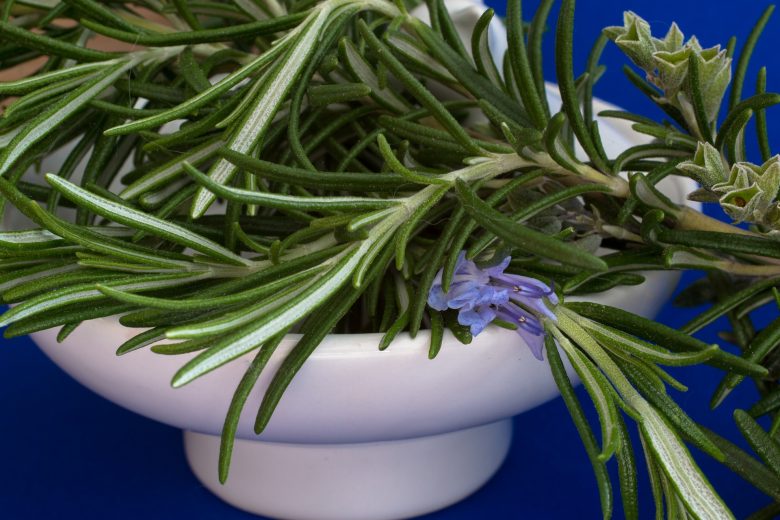
ROSEMARY – DENTROLIVANO
Rosemary, Rosmarinus Officinalis, is native to the Mediterranean region and is also part of the mint family Lamiaceae. Its name derives from Latin and most probably means “dew of the sea”. Rosemary is a woody perennial herb, with pointy leaves primarily used in cooking. However, its antibacterial and antiseptic properties are what keep scientists intrigued! Experts suggest that frequent use of rosemary helps against hair loss, migraines and as a stimulant, it helps cases of insomnia. Furthermore, rosemary is a symbol of remembrance, especially in Europe, due to Shakespeare’s influence in Hamlet. Finally, in the culinary department, researchers prove that rosemary is a natural food preservative.
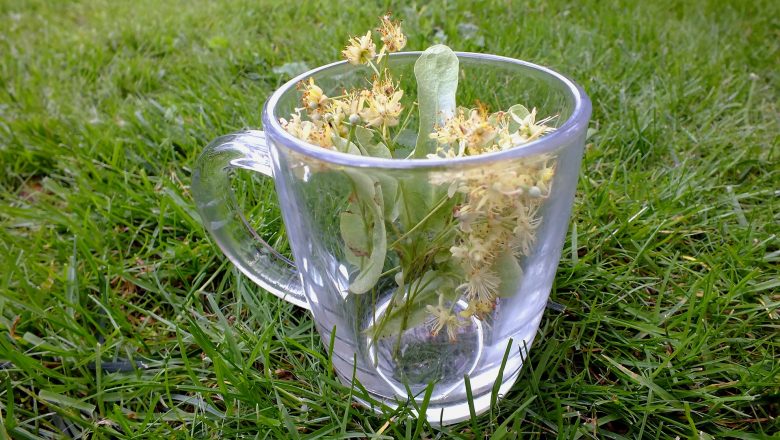
LINDEN – TILIO
Linden or Tilium is one of the most important medicinal herbs that flower in Crete during June and July. People from Mediterranean countries consume linden daily as they are aware of the health benefits. The heart-shaped leaves of this herb are used in medicine since ancient times. More specifically, linden is good for the stomach, kidneys help with weight loss and cure of the common cold. Additionally, it is perfect for rheumatism and arthritis! Nowadays, scientists add linden into their cosmetics creating amazing lotions and face creams. Finally, Cretans appreciate the advantages of this aromatic herb and use it in beverages and cooking.
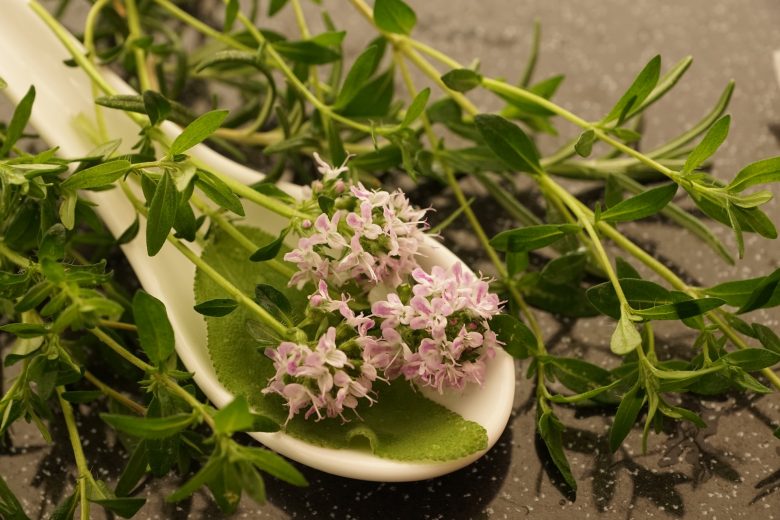
THYME – THIMARI
Thyme belongs in the Lamiaceae family and is native to Europe, North Africa, and Asia. This perennial aromatic herb flowers in June and July. Its stems are slim and bendy, and its leaves are evergreen. Thyme is perhaps one of the finest culinary herbs in Crete and the entire Mediterranean region. Often, the Cretan dishes have thyme to flavor meats, stews, and soups. A tip from Elissos is to add thyme early in the cooking process so that it can release its oils. Moreover, thyme’s oils are used in toothpaste and it has antiseptic and antipyretic properties. It is important to note that thyme is a special bee plant and the honey Cretans produce is very tasty and healthy.
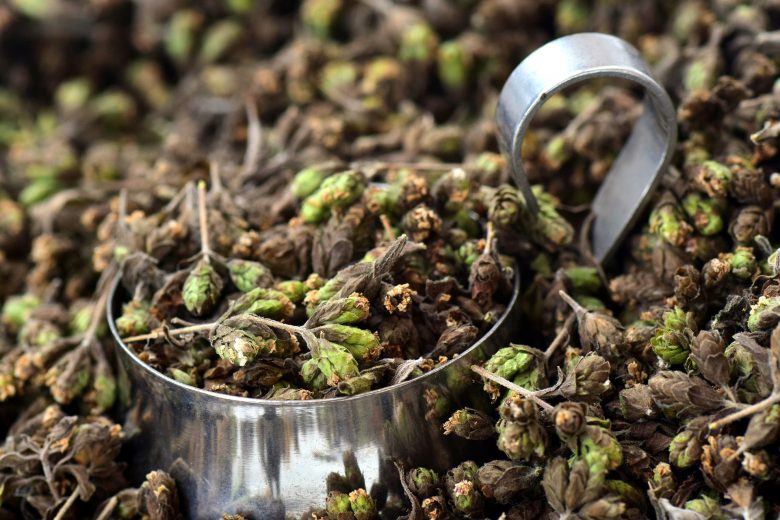
OREGANO – RIGANI
Oregano, Origanum Majorana, is another perennial herb that grows in the Mediterranean. Cretans collect it in June and July, leave it out to dry as it becomes more flavorful. It is quite common to taste dishes from Greece and Italy with oregano as it adds a spiciness to the plate. Furthermore, oregano has antiseptic benefits and it is also used in perfumery. Along with thyme, oregano is an extremely important bee plant.
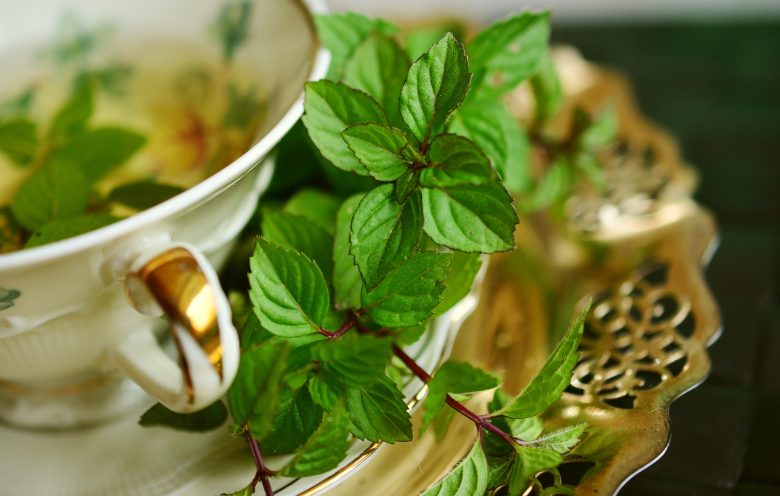
MINT – MENTA
Mint is part of the Lamiaceae family and is a perennial herb that blossoms in the summer months of July and August. Probably one of the most valuable Cretan herbs, mint contributes to indigestion, nerve disorders, and insomnia. The minty scent is menthol that is perfect for breath fresheners, flavoring salads, and teas. Also, its antiseptic properties make it ideal for mouth rinses and toothpaste.
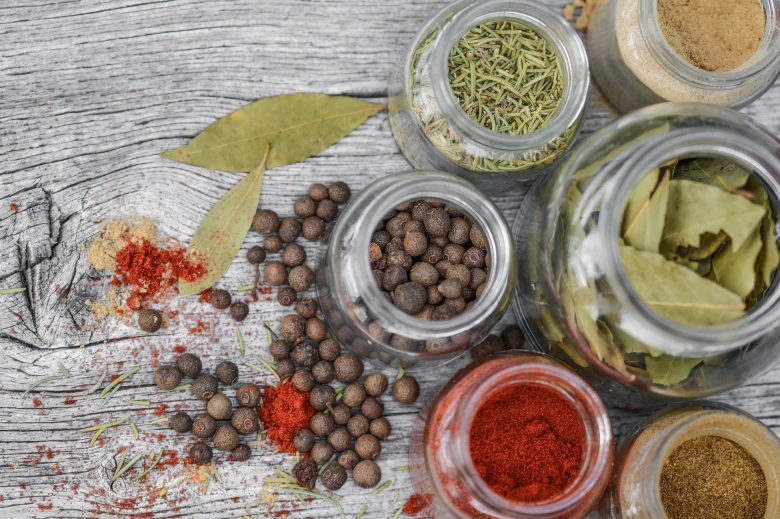
Explore our Tasting Activities
At Elissos, we love anything and everything Cretan! Therefore, in our portfolio, we have a whole range of tasting experiences that educate our guests on the Cretan cuisine and lifestyle. Participate and enjoy the activities with the experts and we will go above and beyond!
